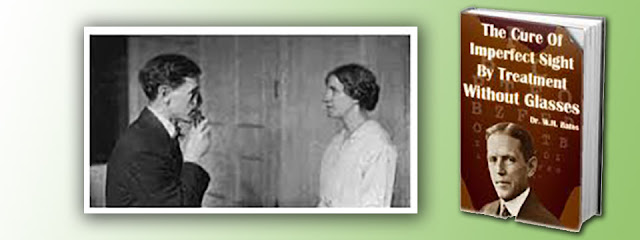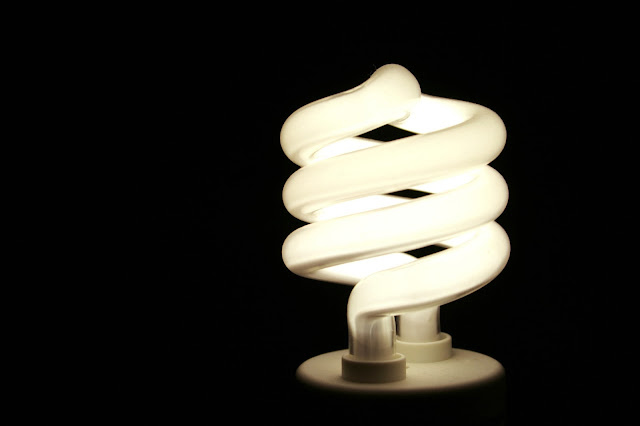
Why Haven't I Heard About This Before? Surprisingly, training your eyesight for vision improvement isn’t something new. It has been used since the early 1900's. It all started when Helmholtz published his paper about accommodation and lens focus in 1885. According to Helmholtz, when the eye needs to focus on something close by, the ciliary muscle surrounding the lens contracts, causing the lens to expand. An expanded lens can focus on nearby objects. What is wrong with the picture that Helmholtz painted for us all those years ago? It assumes that when the eye focuses, only the ciliary muscle is involved in the process. Let us look at something like walking. A combination of muscles work together to make it possible for us to walk. Not only are the muscles help you move, they are also maintaining your balance while you do. All the activities are coordinated by the brain, which controls the various muscles by signaling them when to contract or relax an



